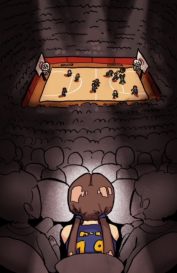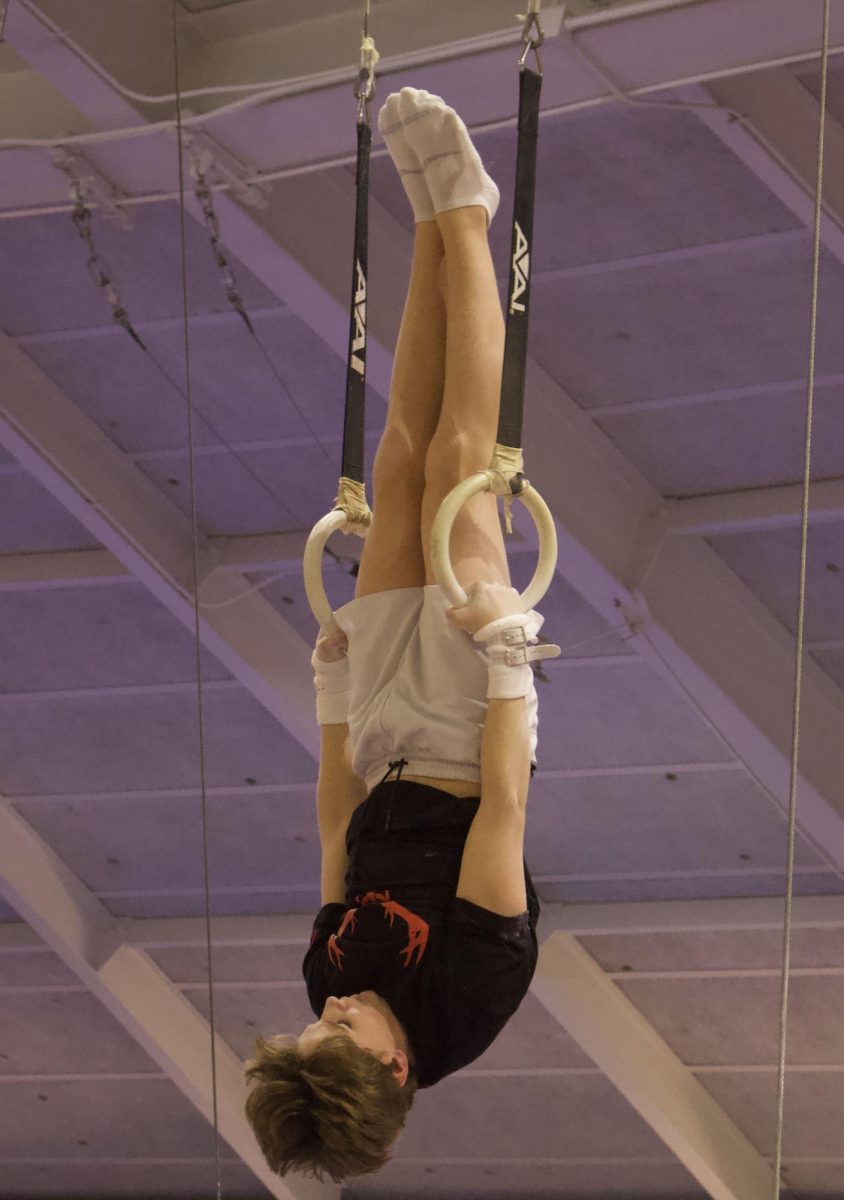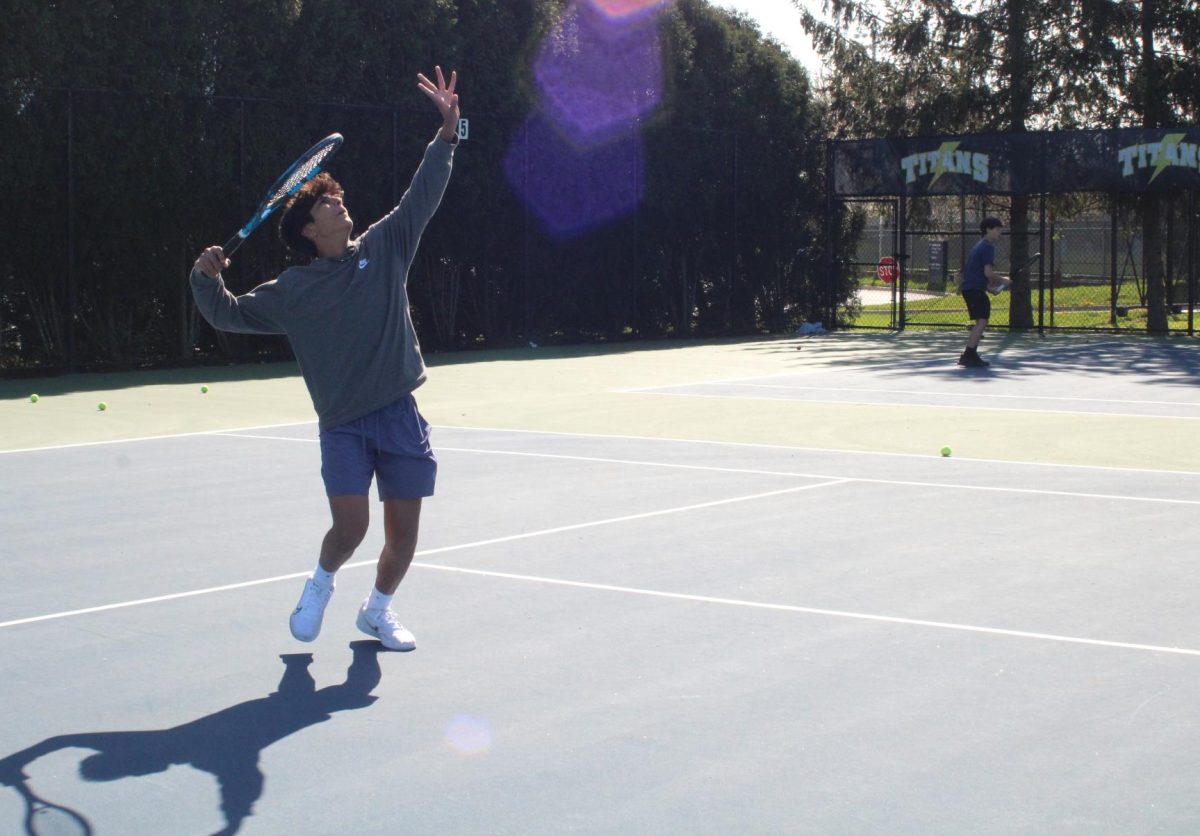Sophomore Jessica Traub was about to finish one of her dances for Varsity Poms. When getting up from her final pose, her knee popped out of place. She froze in pain. After about 30 minutes of anguish and aid from her sister and trainers, she went home.
But, what happens to an athlete after they sustain an injury?
Traub dislocated her knee in October of this year, and since then, she has had to continue to dance with all the precautions that injury entails, Traub said.
“I cannot [fully] jump, turn, or pivot my legs right now,” Trab said. “It is hard seeing everyone on my team get new skills [while] I have to wait around and watch them.”
Junior Maya Levis played for Girls’ Junior Varsity Soccer team and tore her ACL last May during a game. The difficulty of watching her teammates play and progress was very hard to cope with, Levis said.
“Most of my friends I know through soccer, so when they go off to practice, I am busy doing homework,” Levis said.
Injuries such as these affect an athletes’ mental health in addition to their physical well being, Levis said. Athletes’ love to do sports and an injury takes that away from them, Levis explained.
“Soccer was my escape,” Levis said. “Now I no longer have an escape [and] it has definitely worsened my mental health.”
The struggles Levi experiances are felt by most injured athletes, but Traub managed to find some perks to being benched despite the injuries.
“I am not as tired and I can do my homework mostly,” Traub said. “I do not have a lot of pressure to do things perfectly because [the coaches] know I am injured.
Tony Catsaros, Head Athletic Trainer, believes most athletes focus less on rehab and more on not being able to participate. Putting effort and time into rehabilitation helps with the healing process, Catsaros said.
“Being willing to put in the time is [an] important thing,” Catsaros said. “We tell kids [to] attack [their] rehab like [they] do [their] sport.”
Megan Shipp, Assistant Athletic Trainer, explained that injury prevention occurs, in part, by taking care of your body, which motivates injured athletes’ to avoid reinjury.
“Our body is good at healing itself if we give it what it needs,” Shipp said. “Giving it the rest that it needs, giving it the time that it needs, providing it with good nutrients, and following through on therapeutic exercises or treatments, whether that’s here in the athletic training room or outside at physical therapy.”
Traub and Levis view their injuries differently but they can both relate to wanting to participate again, whether their time off was good or not.
“It is nice watching on the sidelines for a little bit, but I miss being there and actually doing [my sport],” Traub said.







